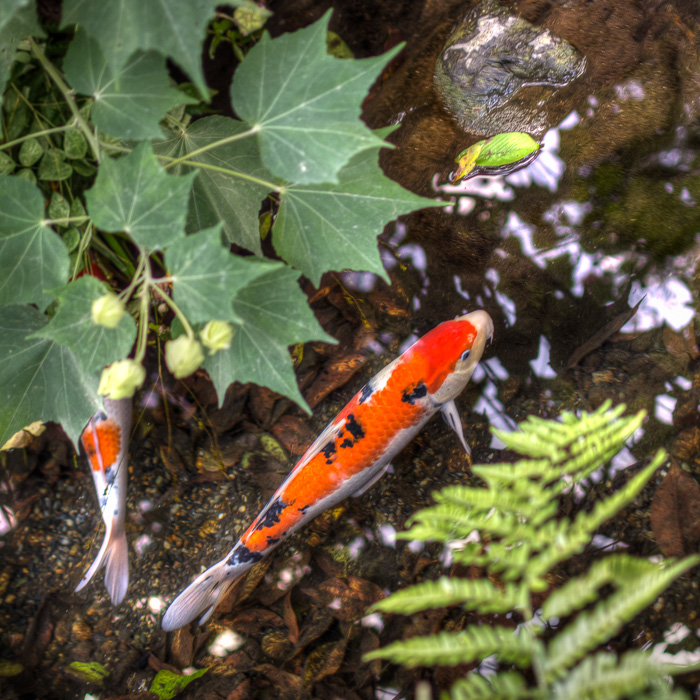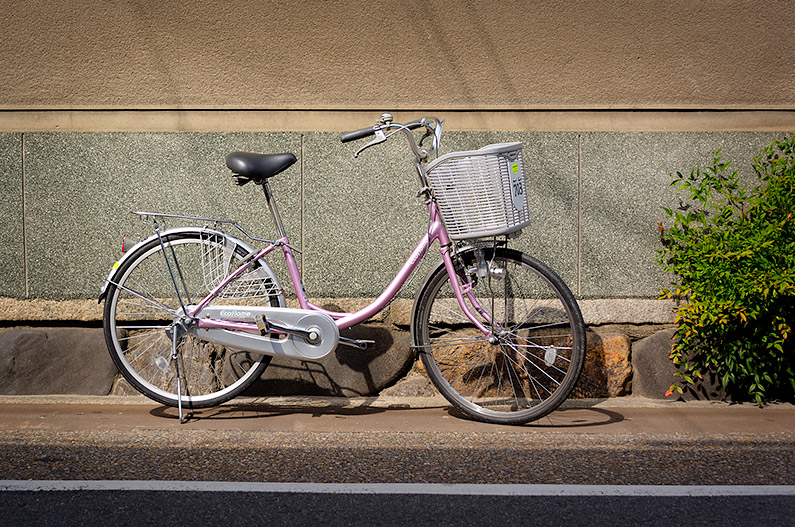Koi (Decorative Carp) at Tenryu-ji, Kyoto (HDR Photo)
Share

Formally nishikigoi 「錦鯉」, the decorative carp is more commonly called koi 「鯉」 and since the 1800s has been bred purely for its aesthetics. The formal name nishikigoi literally means “brocaded carp”, brocade being the art of weaving premium fabric (usually silk) into intricate designs.
Decorative carp
「Koi, 鯉」

NIKON D5200 (35mm, f/2.2, 1/20 sec, ISO200)
Koi (Nishikigoi - Japanese carp) in a garden pond at Tenryu-ji in Kyoto
Koi have a long history in Japan, being introduced from China thousands of years ago. Initially koi were eaten and weren’t necessarily so brightly coloured, but over time the Japanese started breeding the most beautiful carp to create what has become an icon of Japan.
Koi at Tenryū-ji in Kyōto
Today koi are often found in small ponds at significant sites such as temples, shrines, castles and palaces. This koi was spotted at one of Kyoto’s UNESCO World Heritage sites, Tenryū-ji in the Arashiyama area. Tenryū-ji is officially called Tenryū Shiseizen-ji 「天龍資聖禅寺」.
In the grounds of Tenryū-ji is Sogenchi Teien 「Sogen Pond Garden, 曹源池庭園」. This garden has the honour of being named as the first Site of Special Historic and Scenic Importance in Japan. Leading into the large pond is a small and narrow stream, where these carp were feeding.
More information about the garden and other areas of this temple are available at the What to See at Tenryu-ji page on the official Tenryū-ji website.

